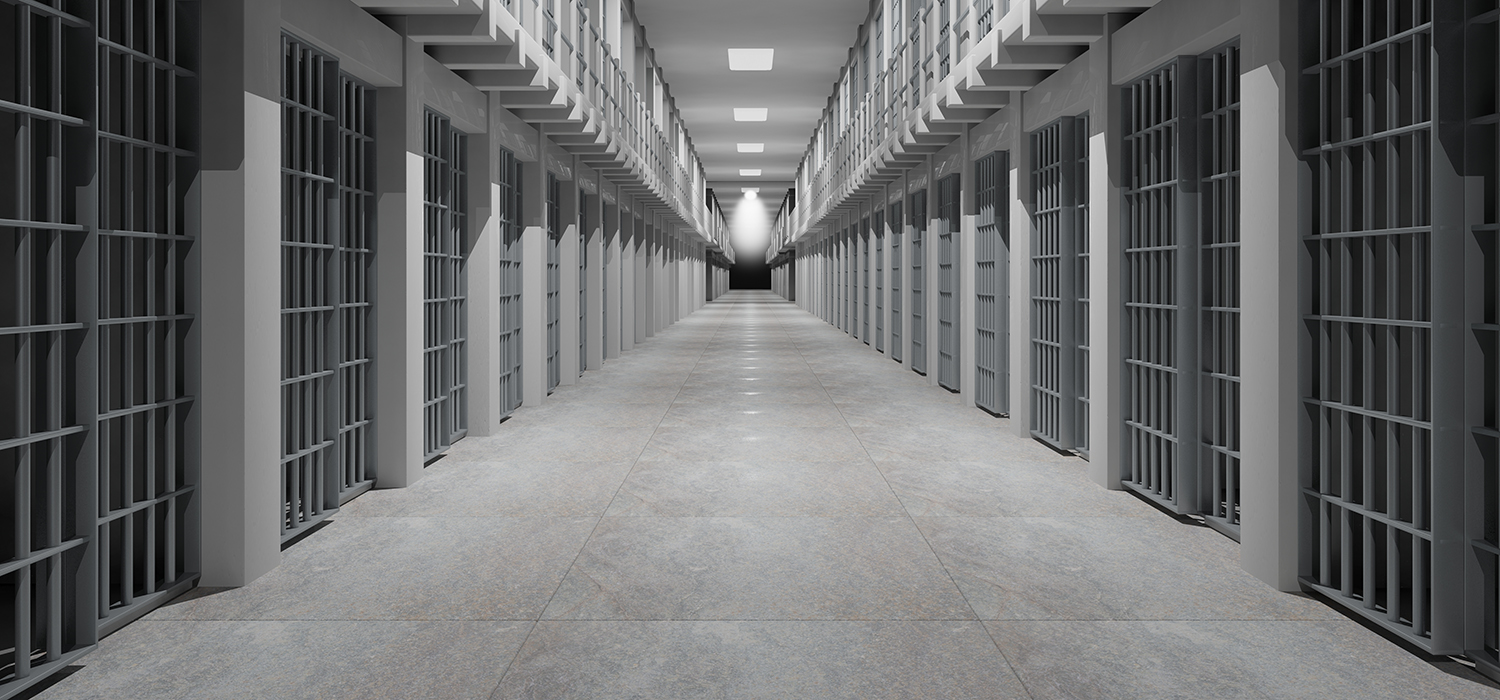
<p>Gts/Shutterstock</p>
Prisons are inherently traumatic places that dehumanize people in the name of security and control. Incarcerated people navigate constant surveillance, social isolation, limited personal care services, ongoing harassment, and threats of violence and abuse. These experiences can be especially traumatic for women, many of whom have experienced victimization and abuse before becoming involved with the justice system.
Prisons can exacerbate old trauma and create new trauma for incarcerated women
From 1980 to 2017, the number of incarcerated women in the US increased more than 750 percent. In 2017, Black women were incarcerated at twice the rate of white women, while Latinx women were incarcerated at 1.3 times the rate of white women. These incarceration rates can be traced to deep racial disparities caused by structural racism in the justice system. Being confined in this inherently flawed and racist system has lasting impacts on physical and mental health. And prisons cannot meet women’s unique mental, physical, and reproductive health care needs.
Women are also especially vulnerable to abuse while incarcerated. Roughly a quarter of women experience sexual or physical victimization—with higher rates among LGBTQ people (PDF) and women who have been victimized in the past (PDF). Invasive searches and solitary confinement can trigger past traumas and create new ones. Victimization histories, the threat of violence in prison, and an inherently traumatizing environment present significant barriers to incarcerated women’s healing.
The COVID-19 pandemic is an added strain. Although incarceration always restricts interaction with people’s support networks and opportunities for prosocial connections, this isolation has become particularly acute because the COVID-19 pandemic has restricted prison-based programming, increased the use of solitary confinement, and eliminated in-person visits with family and friends.
Intentional prison policies can reduce harm
Although incarceration is intended to address criminalized behaviors and rehabilitate people, evidence shows it does not improve public safety outcomes. Despite the wider public recognizing (PDF) that rehabilitation and prevention should be more important than punishment, the US justice system remains rooted in a punitive approach that is conducive to neither healing nor growth and strips people of agency and social supports.
Although stakeholders are beginning to acknowledge the racism and violence perpetuated by the current justice system, they can take immediate steps to address trauma in prisons while working to reduce the scope of the carceral state overall. Our recent study of state departments of corrections and women’s prisons suggests correctional leadership can take the following actions to treat incarcerated women with humanity, develop a more trauma-informed culture, and reduce some of incarceration’s harms:
- Adapt custodial practices like searches, restraints, and discipline to provide incarcerated women with more decision-making power and knowledge around invasive procedures. Adapting these practices and policies, focusing on regular training for staff, providing comprehensive medical and victim services, and developing intentional programming are all essential steps toward fostering a more trauma-informed correctional culture within prisons.
- Build partnerships with community-based service organizations to provide the type of trauma-informed care and service continuity that is often better for healing than what prisons can provide. These partnerships can come in the form of external advocates for sexual assault survivors, birth support for pregnant people in prison, mental and emotional therapy, or other services provided by community groups and coalitions.
But even with these adaptations, prisons can never be fully trauma-informed, safe spaces for women. So our last recommendation is crucial: Invest in community-based services and divest from prisons.
The Bureau of Justice Statistics estimates that the US spends more than $80 billion annually to maintain prisons. Instead, policymakers could focus on preventing incarceration in the first place. The majority of people in prison are victims of the poverty-to-prison pipeline (PDF), and many behaviors, such as drug use, are disparately criminalized along racial and class lines. Neighborhoods designed to be low-income communities, particularly Black neighborhoods, are the most heavily policed and often lack social supports, such as accessible mental health services, outdoor spaces, and other social infrastructure. Investments in economic support programs, community-based case management, trauma-informed counseling, and victimization support services could help mitigate the circumstances that lead to crime (PDF).
Commitments from policymakers and practitioners, including lawmakers and correctional leadership, to developing a more trauma-informed correctional philosophy are the first step toward improving experiences for incarcerated women. However, to truly reduce trauma and harm, these stakeholders and the wider public can rethink (PDF) the current criminal legal system, prioritize community investment, and seek alternatives that promote growth, accountability, and rehabilitation.
Let’s build a future where everyone, everywhere has the opportunity and power to thrive
Urban is more determined than ever to partner with changemakers to unlock opportunities that give people across the country a fair shot at reaching their fullest potential. Invest in Urban to power this type of work.